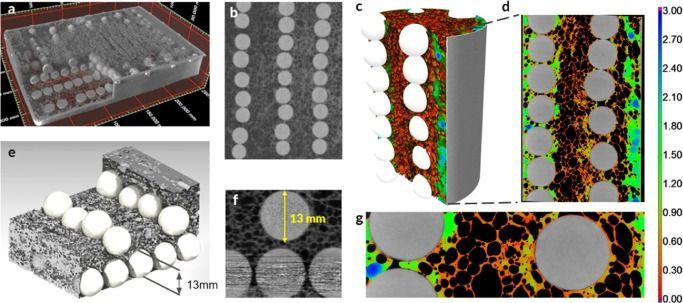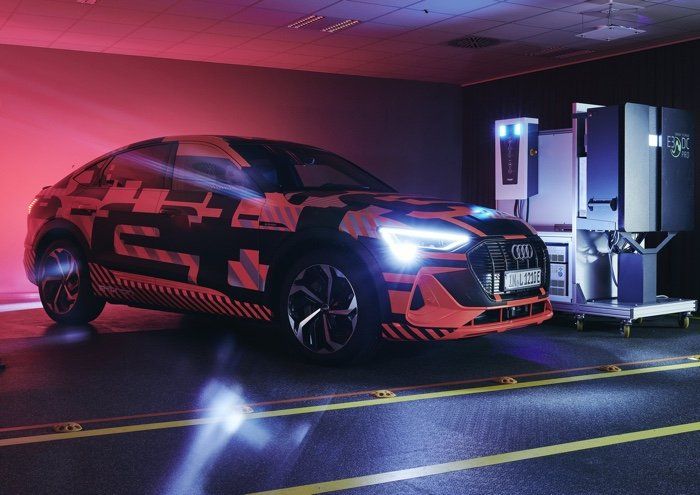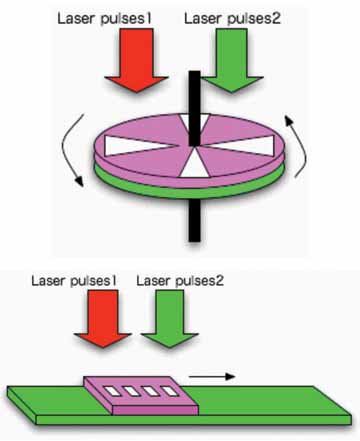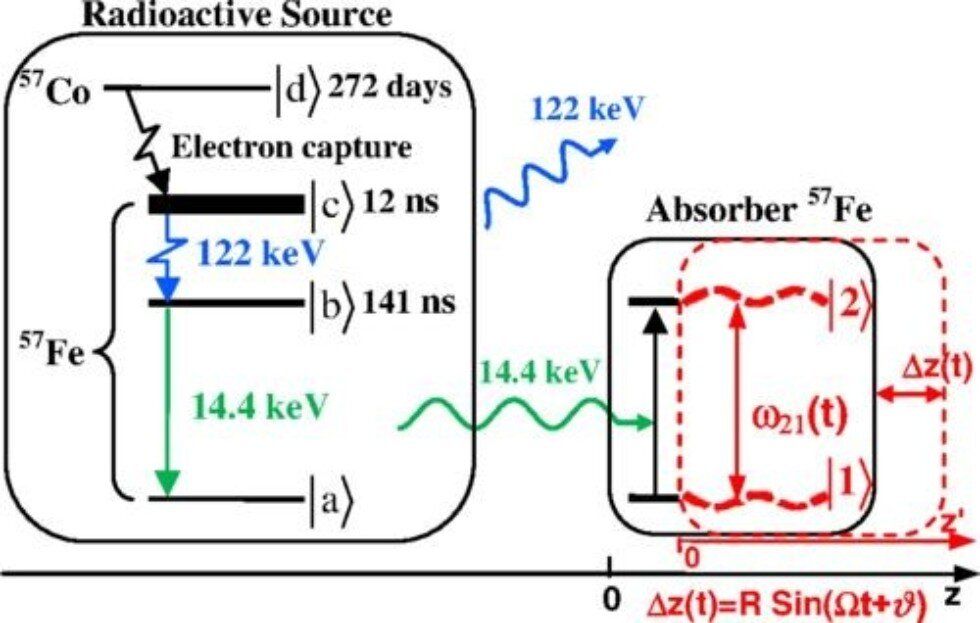Jeep is known for its capable and impressive SUVs with the Wrangler being its most-popular off-roader, hands down. But today’s SUVs need to be more capable than ever as more and more brands move to fuel efficiency and electrified powertrains. With the highly-anticipated Ford Bronco set to steal customers away from the reigning Wrangler king, Jeep isn’t going to allow that to happen. Enter, the newly electrified Wrangler.
Jeep recently teased a new addition to the Wrangler lineup by way of an electrified powertrain. According to MotorTrend, FCA (Fiat Chrysler Automobiles) shared at its 2020 annual shareholder meeting earlier in the year that Jeep was on track to launch a hybrid powertrain project for its off-roading SUVs, starting with the Wrangler.
Expected to launch in the third quarter of 2020, FCA has been mostly silent about the finer details… until now. In fact, thanks to its recent teaser posted on social media, the world should expect an electrified Wrangler sooner rather than later – the Jeep Wrangler 4xe.







